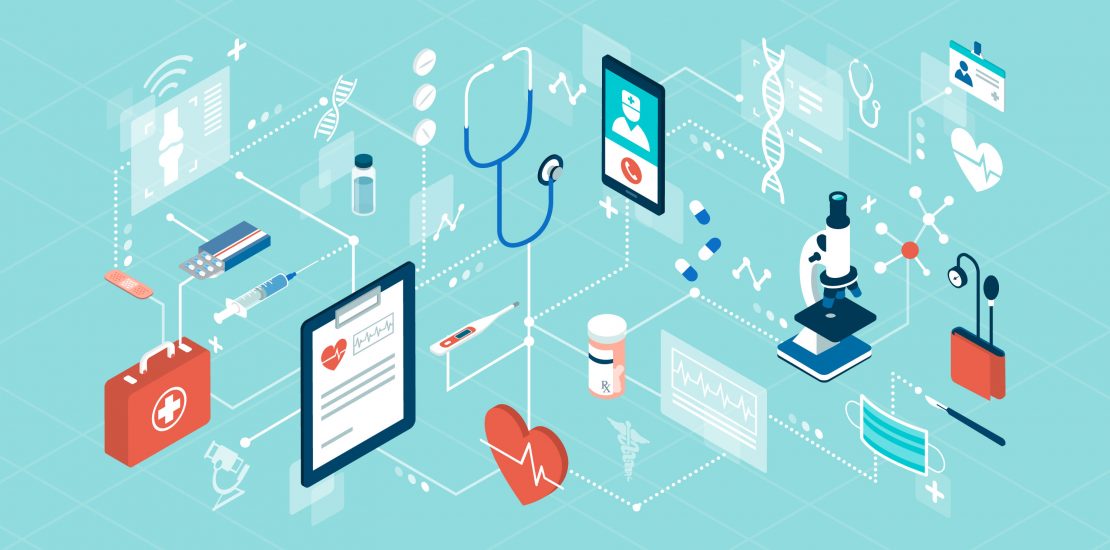
As technology continues to advance, the healthcare industry has seen a significant increase in the use of Internet of Things (IoT) devices. These devices have revolutionized the way healthcare is delivered, and has improved the overall patient experience – but with the increase in use, the threat of cyber attacks increases, too.
Tantus Tech’s experience working with federal healthcare agencies, like the National Institutes of Health (NIH) and the Centers for Medicare & Medicaid Services (CMS), puts us in a unique spot to understand these specific threats and how to protect against them.
In this post, we’ll discuss two of the most common attacks seen among healthcare companies using IoT devices and steps leaders can take to protect their companies and users.
Malware
Malware is a type of malicious software designed to harm or exploit computer systems. In the case of healthcare devices, malware can compromise the confidentiality, integrity, and availability of private patient information.
This can lead to serious consequences for both the patient and the service provider, including identity theft, medical fraud, and a loss of trust in the healthcare system. Plus, malware can cause devices to malfunction, leading to incorrect diagnoses and treatment plans.
Ransomware
Ransomware is a type of malware that is designed to encrypt data and, as the name implies, demand a ransom in exchange for its release. In the healthcare industry, ransomware attacks can lead to a complete shutdown of critical systems, making it difficult for healthcare providers to access patient data or even perform life-saving procedures.
These types of attacks can result in the loss of critical patient information, delays in treatments, and potential harm to the patient.
How Can Healthcare Organizations Protect Themselves?
Healthcare agencies need to be particularly sensitive to these potential attacks because IoT plays such a critical role in patient care. Using these devices, from direct patient care within doctors’ offices to the approval of services at a national level, has made a significant impact on our healthcare system, but also opens up more opportunities for unique cyber attacks.
Leaders need to be aware of these potential threats and take their cybersecurity seriously. Here are three ways healthcare organizations can protect themselves:
- Conduct regular software updates and patches – Keeping software and systems up to date helps address known security vulnerabilities, making it more difficult for cyber criminals to exploit these systems.
- Ensure employees are educated and trained – Employees are your first line of defense against attacks, and need to be kept aware of cybersecurity best practices, including the dangers of phishing scams and other social engineering tactics.
- Implement strong access control – Only authorized users can access sensitive data and systems with simple controls, like unique logins for each employee and multi-factor authentication.
In addition to these steps, healthcare organizations can also implement cybersecurity solutions like firewalls, antivirus software, and intrusion detection systems to help detect and prevent malware attacks.
Don’t Leave Your Company Vulnerable to Attacks
Leaders need to be aware of the dangers posed by IoT-based attacks, as they can result in serious consequences for patients, front-line workers, and all healthcare employees.
Through our work with the NIH and CMS, among others, we know it is imperative that healthcare organizations adopt strong cybersecurity measures to prevent these attacks and protect the safety and privacy of patient information. Leaders have a critical role to play in protecting the privacy and security of patient information, making sure their companies are prepared for these attacks before they ever happen.
